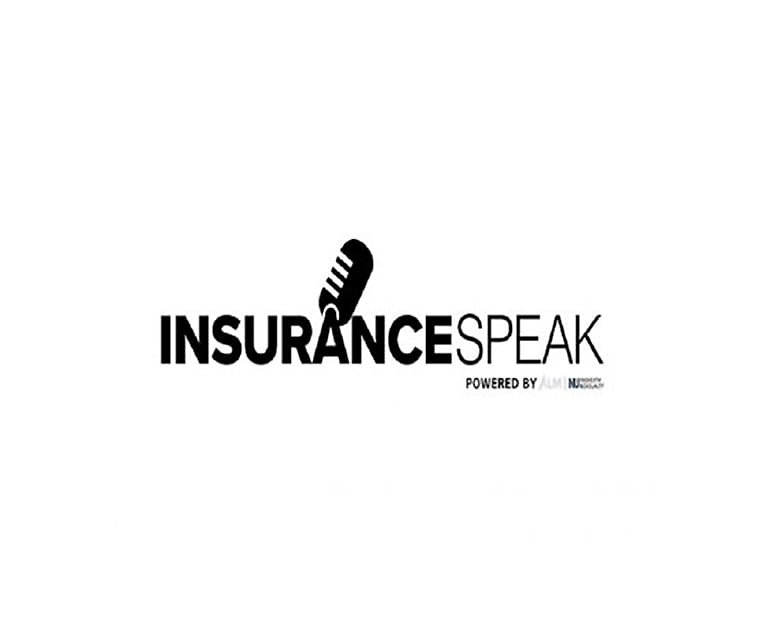(Bloomberg) -- A second health-care worker in Texas testedpositive after caring for an Ebola patient, opening new questionsabout oversight lapses from federal officials and spurring anurses’ group to criticize safety precautions used within thehospital.
|A Centers for Disease Control and Prevention team that respondedwithin a day after Thomas Eric Duncan was admitted to Texas HealthPresbyterian Hospital was focused on contact tracing and did notcare for the patient, said Dave Daigle, a CDC spokesman, in atelephone interview.
|At the time, National Nurse’s United, a labor union, said thehospital left Duncan for hours in an area with other patients,supplied safety suits with exposed necks, forcing nurses to usemedical tape to cover their skin, played down the need for moreprotective face masks, and sent Duncan’s lab specimens through thesystem without being specially sealed.
|“The clinical care was done by the hospital’s clinical careteam,” Daigle said. “We did consult with the team and thehospitals” but did not provide direct care.
|Texas officials didn’t comment on the nurses’ complaints duringa morning conference call. The focus for health officials in Dallasis now toward the future, said Judge Clay Jenkins, the county’schief executive, during the call. The county is preparingcontingencies for more cases, he said.
|“It will get worse before it gets better, but it will getbetter,” added Dallas Mayor Mike Rawlings at the briefing.
|Immediately Isolated
|The worker at Texas Health Presbyterian Hospital reported afever yesterday and was immediately isolated at the hospital, theTexas Department of State Health Services said in a statementtoday. The preliminary Ebola test was run late yesterday at thestate public health laboratory in Austin, and results were receivedat about midnight.
|This is the second health-care worker infected with Ebola whilecaring for Duncan, a Liberian visitor to the U.S. who died at thehospital last week. Asked at the briefing about the hospital’sperformance, Daniel Varga, the chief clinical officer for thehospital group, said “I don’t think we have a systemicinstitutional problem.”
|’’No one wants to get this right more than we do,’’ Vargasaid.
|The nurses’ union said the information about hospital safetylapses came from “registered nurses” at the hospital “who havefamiliarity what occurred at the hospital.” The Dallas nurses choseto remain anonymous “out of fear of retaliation,” the union said ina statement.
|Contacts Identified
|Health officials have interviewed the latest patient “to quicklyidentify any contacts or potential exposures, and those people willbe monitored,” the Texas health department said. The type ofmonitoring depends on the nature of their interactions and thepotential that they were exposed to the virus, according to thestatement.
|“An additional health-care worker testing positive for Ebola isa serious concern, and the CDC has already taken active steps tominimize the risk to health-care workers and the patient,” the CDCsaid in a statement today. “The CDC and the Texas Department ofState Health Services remain confident that wider spread in thecommunity can be prevented with proper public health measures.”
|The new case is the third known instance of Ebola transmissionoutside of Africa, where the worst-ever outbreak is raging inSierra Leone, Guinea and Liberia. A nurse who treated Duncan, NinaPham, has contracted Ebola, as has Teresa Romero, a Spanish nursingassistant who cared for two infected missionaries evacuated toMadrid for treatment.
|Airline Screening
|The infections outside Africa have spurred the U.S. and U.K. tobegin screening some airline passengers on arrival in the past fewdays.
|“It’s really concerning that health workers wearing fullpersonal protective equipment have developed Ebola,” said RainaMacIntyre, a professor of infectious diseases epidemiology at theUniversity of New South Wales in Sydney.
|“The initial response of authorities has been to blame thenurse, that they made a mistake in the donning and doffing ofequipment or made some mistake in the protocol” she said. “But it’salso possible that the guidelines aren’t adequate.”
|Surgical masks may also be inadequate, and respirators thatprovide more protection should also be considered, she said.
|CDC Guidelines
|The CDC’s most recent guideline update for putting on andremoving protective wear suggest the second glove can be removed byhooking a bare finger under the glove, risking contact with theoutside of the glove which could be contaminated, and does notmention protective boots at all, MacIntyre said.
|More than 8,900 people have been infected with Ebola in thethree countries, with more than 4,400 deaths, the World HealthOrganization said. The number of new Ebola cases in three WestAfrican nations may jump to between 5,000 and 10,000 a week by Dec.1 as the deadly viral infection spreads, the WHO said yesterday.The fatality rate in the current outbreak is about 70%.
|There’s no cure for Ebola, which jumps to humans from animalssuch as fruit bats and chimpanzees. The virus spreads from contactwith bodily fluids such as blood, vomit and feces. Burial practicesin West Africa, where mourners come in contact with corpses, havefueled the spread.
|--With assistance from Makiko Kitamura in London.
|Copyright 2018 Bloomberg. All rightsreserved. This material may not be published, broadcast, rewritten,or redistributed.
Want to continue reading?
Become a Free PropertyCasualty360 Digital Reader
Your access to unlimited PropertyCasualty360 content isn’t changing.
Once you are an ALM digital member, you’ll receive:
- All PropertyCasualty360.com news coverage, best practices, and in-depth analysis.
- Educational webcasts, resources from industry leaders, and informative newsletters.
- Other award-winning websites including BenefitsPRO.com and ThinkAdvisor.com.
Already have an account? Sign In
© 2024 ALM Global, LLC, All Rights Reserved. Request academic re-use from www.copyright.com. All other uses, submit a request to [email protected]. For more information visit Asset & Logo Licensing.








